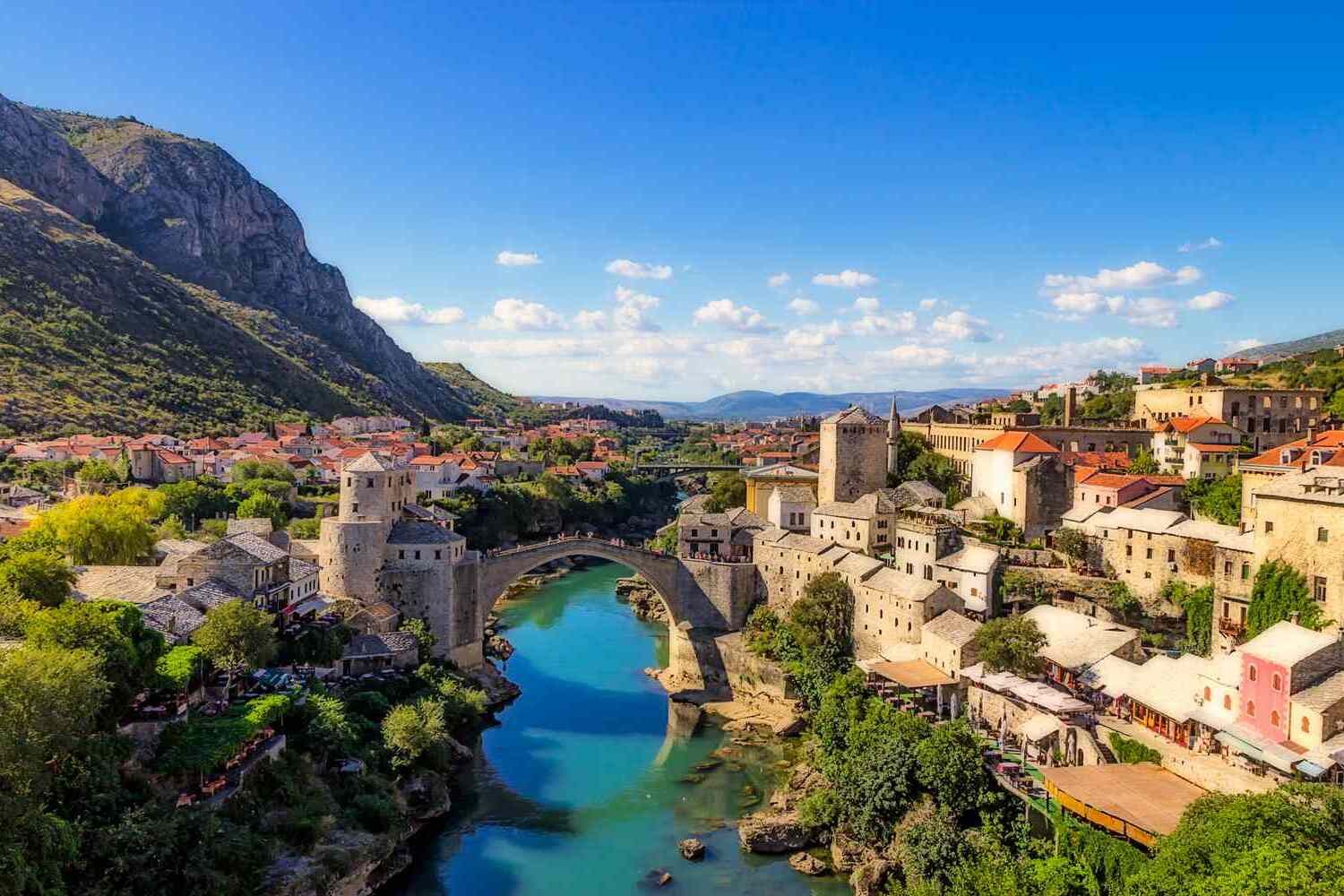
Ever wondered what happens to your body in the bone-chilling cold? Freezing to death might sound like something out of a frosty horror tale, but it's a stark reality in extreme conditions. Let's break the ice on this chilly subject with some cool facts that might just send shivers down your spine. From the first shiver to the last breath, the process is both fascinating and terrifying. How does the body react to plummeting temperatures, and what are the signs that the cold is winning? Bundle up as we dive into the icy waters of understanding the grim yet intriguing process of freezing to death. Ready to chill out with some frostbitten facts?
Understanding Hypothermia
When temperatures plummet, the human body can experience hypothermia, a condition where the body loses heat faster than it can produce it, causing a dangerously low body temperature. Hypothermia is often a key factor in freezing to death.
-
Normal body temperature ranges around 98.6°F (37°C). Hypothermia sets in when the body temperature drops below 95°F (35°C).
-
Mild hypothermia symptoms include shivering, dizziness, hunger, nausea, faster breathing, trouble speaking, slight confusion, and lack of coordination. As the condition worsens, shivering stops, and more severe symptoms emerge.
The Stages of Freezing to Death
Understanding the stages of hypothermia is crucial for recognizing the severity of the condition.
-
Moderate hypothermia is marked by no shivering, confusion, slurred speech, lack of coordination, and drowsiness.
-
Severe hypothermia leads to shallow breathing, weak pulse, clumsiness or inability to walk, and confusion. Eventually, it can result in unconsciousness and death if not treated promptly.
Survival and Resuscitation
Despite the grim outlook, survival is possible if the right actions are taken quickly.
-
Rescue and rewarming are critical. Hypothermia victims need to be gently warmed and not exposed to extreme heat sources, which can cause shock.
-
Medical intervention often involves warm fluids, blankets, and sometimes more invasive measures like warmed intravenous fluids or airway rewarming.
Risk Factors for Freezing to Death
Certain conditions increase the risk of hypothermia and, by extension, freezing to death.
-
Exposure to cold weather without proper clothing is the most obvious risk factor.
-
Wet conditions, even in not-so-cold environments, can accelerate heat loss, as water conducts heat away from the body much faster than air.
-
Alcohol and drug use can impair the body's ability to regulate temperature and recognize the danger of cold.
-
Age is also a factor; very young children and the elderly are more susceptible to hypothermia.
Myths and Misconceptions
Several myths surround hypothermia and freezing to death, leading to misinformation about the condition.
-
Alcohol warms you up is a dangerous myth. Alcohol actually increases heat loss by causing blood vessels to expand.
-
You must be in extreme cold to get hypothermia. In reality, hypothermia can occur in temperatures as high as 50°F (10°C) if a person is wet and exposed to wind.
Preventative Measures
Taking steps to prevent hypothermia is essential for safety in cold environments.
-
Layering clothing helps trap heat and allows for adjustments based on activity level and conditions.
-
Staying dry is crucial. Wet clothing and skin significantly increase heat loss.
-
Eating high-energy foods and staying hydrated help the body generate heat and maintain energy levels.
-
Avoiding alcohol and drugs in cold conditions is vital for maintaining the body's natural heat-regulating mechanisms and awareness of environmental dangers.
A Final Glance at Freezing Facts
Wrapping our minds around the chilling realities of freezing to death has unveiled a world where survival and science intersect in unexpected ways. From the body's physiological responses to the critical importance of understanding hypothermia, these facts aren't just trivia—they're lifesaving knowledge. Recognizing the signs of frostbite and hypothermia could mean the difference between life and death in cold environments. Moreover, the stories of survival against the odds inspire us to respect nature's power and our own resilience. Let's carry these insights forward, not just as cool facts to share but as vital information that could one day prove crucial in a cold emergency. Remember, knowledge about the cold is a warm blanket of safety we can all wrap ourselves in.
Was this page helpful?
Our commitment to delivering trustworthy and engaging content is at the heart of what we do. Each fact on our site is contributed by real users like you, bringing a wealth of diverse insights and information. To ensure the highest standards of accuracy and reliability, our dedicated editors meticulously review each submission. This process guarantees that the facts we share are not only fascinating but also credible. Trust in our commitment to quality and authenticity as you explore and learn with us.


